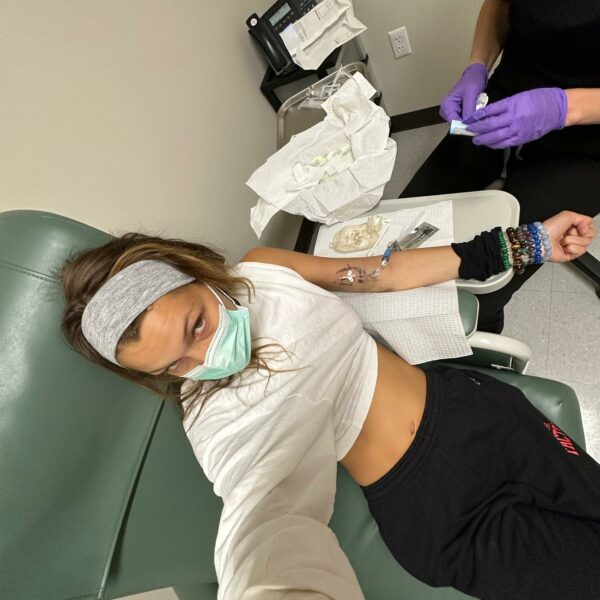Pelvic floors are like great manicures. The world just shines a little brighter when you’ve got a powerful one. And if we’re talking menopause, we will take anything and everything when it comes to tips on smoothing out that ride, even a little.
The “big change” comes with some, well, big changes. But it also comes with some surprising changes and side effects for some, although everyone experiences it differently.
We spoke with pelvic floor expert, PT, PRPC, CLT, and founder of M2 Method, Meenal Mujumdar, to explain the impact of the pelvic floor during this transitional phase for all those with female reproductive systems.
She began with a little refresher on some the pelvic floor’s starring roles, in case you missed our multitude of mentions when it comes to this topic:
“The pelvic floor muscles (levator ani group) are foundational, stabilizing muscles in our body. They form a ‘hammock’ in between our tailbone and pubic bone. In addition to stabilization, it works in conjunction with our back and abdominal muscles to carry out activities of daily living,” she explains.
“The obvious signs of a dysfunctional pelvic floor include but are not limited to:
- Urinary or fecal incontinence
- Urgency, and frequency with either urination or bowel movements
- Pelvic and lower back pain
- Pelvic organ prolapse
- Pain with sexual activity
“Pelvic floor dysfunction is also common (regardless of symptoms) after childbirth (C-section or vaginal birth), major abdominal surgeries (including cosmetic and reconstruction surgeries), chronic lower back pain, a sedentary lifestyle, heavy lifting activities, and chronic digestive problems like constipation, IBS, and colitis,” she says.
Just to name a few. (Gulp).
And if menopause wasn’t enough, there’s also this little thing called perimenopause, which essentially describes a varying amount of time leading up to one’s menopause experience. A weak pelvic floor can make things a little tougher then, too.
Here’s how:
“A woman’s pelvic floor goes through several changes during perimenopause and going into menopause. Issues like vaginal dryness, muscle thinning or atrophy, urge and stress incontinence, pelvic organ prolapse, and vulvar pain with intercourse start to make their way into your life. Every woman will have a different set of symptoms, but the above are the most common. If you seek help or, what I like to say, ‘keep your guard up’ before perimenopause, you may have better muscle control to mitigate these issues. I also like to add that it is never too late to seek help for your pelvic floor, regardless if you have current symptoms or not,” Meenal tells us.
Not all hope is lost. (Sigh of relief.)
Strengthening this area can prevent further damage during menopausal symptoms, so the time to start working on it is now. If you’re not sure where to start, check out our fitness library.
But also look into experts like Meenal. She created the M2 Method, a comprehensive, evidence-based, structured pelvic and abdominal stabilization program. Every exercise was specifically designed to address differing needs and concerns, leading to major functionality in many other facets of life.
After all, what have we got to lose? Besides our continence. And our period. And our pleasure. But not on our watch! We got this.
The content provided in this article is provided for information purposes only and is not a substitute for professional advice and consultation, including professional medical advice and consultation; it is provided with the understanding that Poosh, LLC (“Poosh”) is not engaged in the provision or rendering of medical advice or services. The opinions and content included in the article are the views of the author only, and Poosh does not endorse or recommend any such content or information, or any product or service mentioned in the article. You understand and agree that Poosh shall not be liable for any claim, loss, or damage arising out of the use of, or reliance upon any content or information in the article.






































